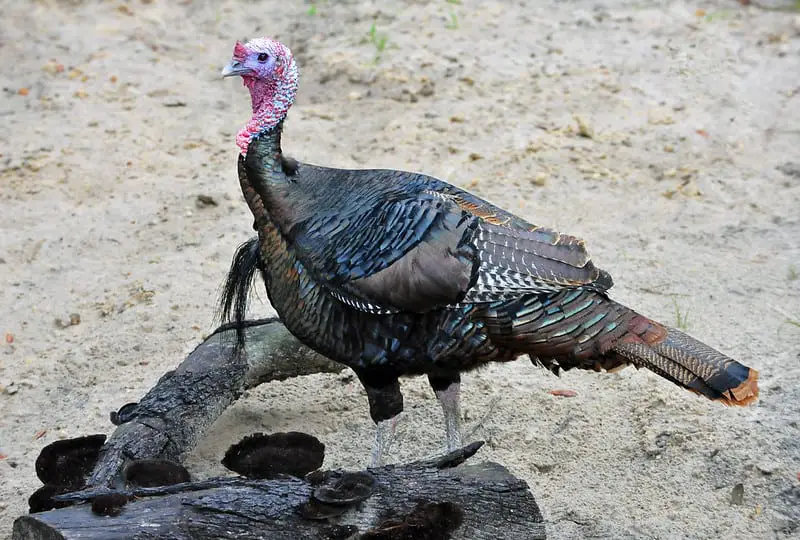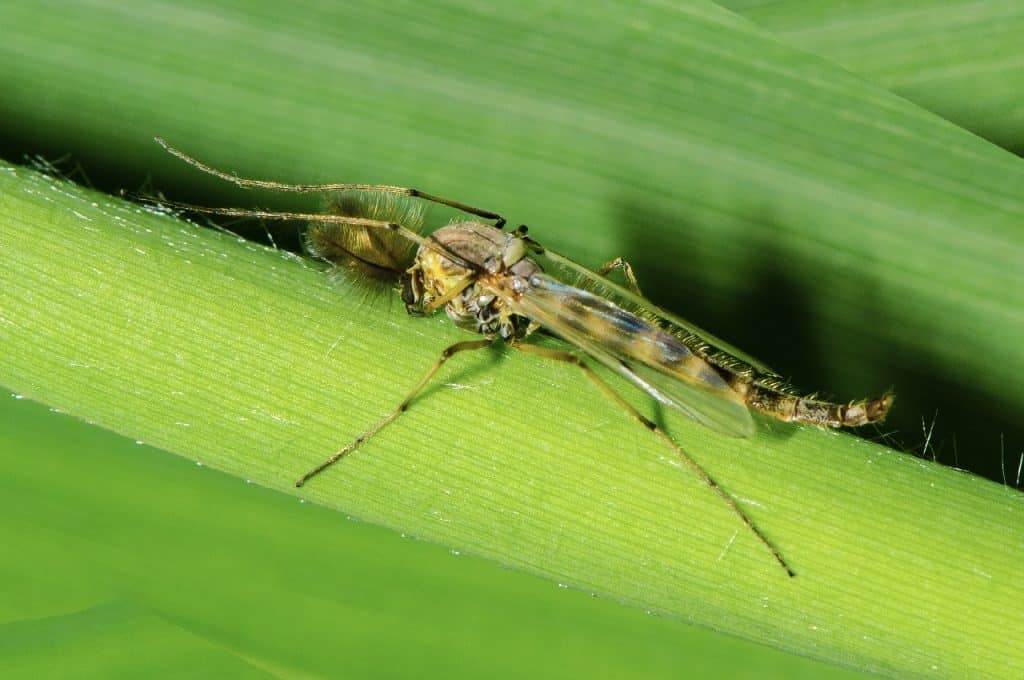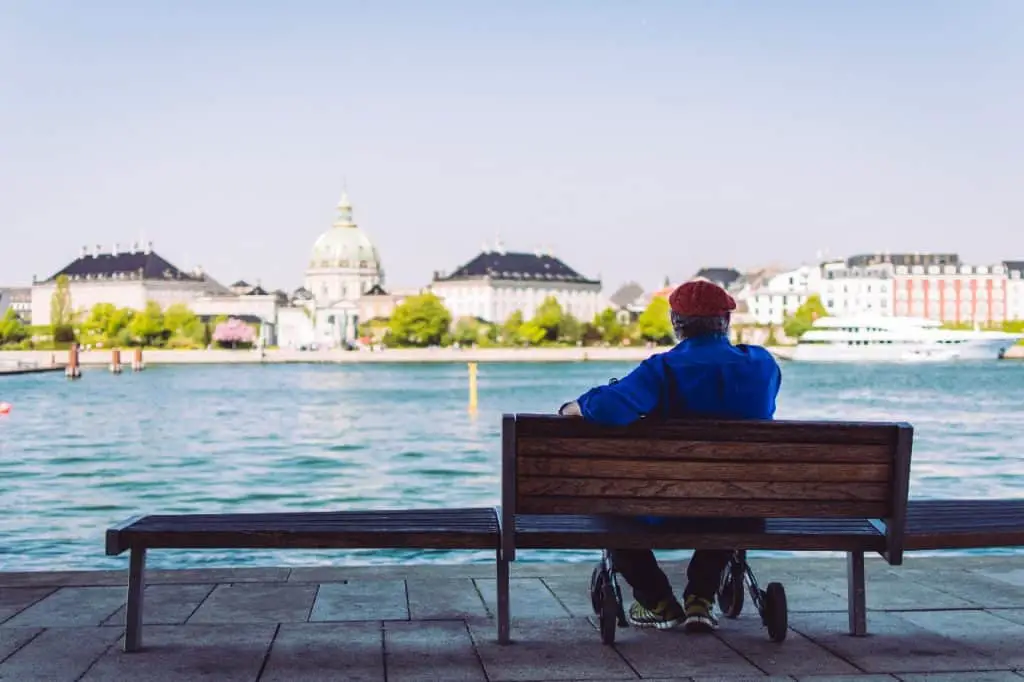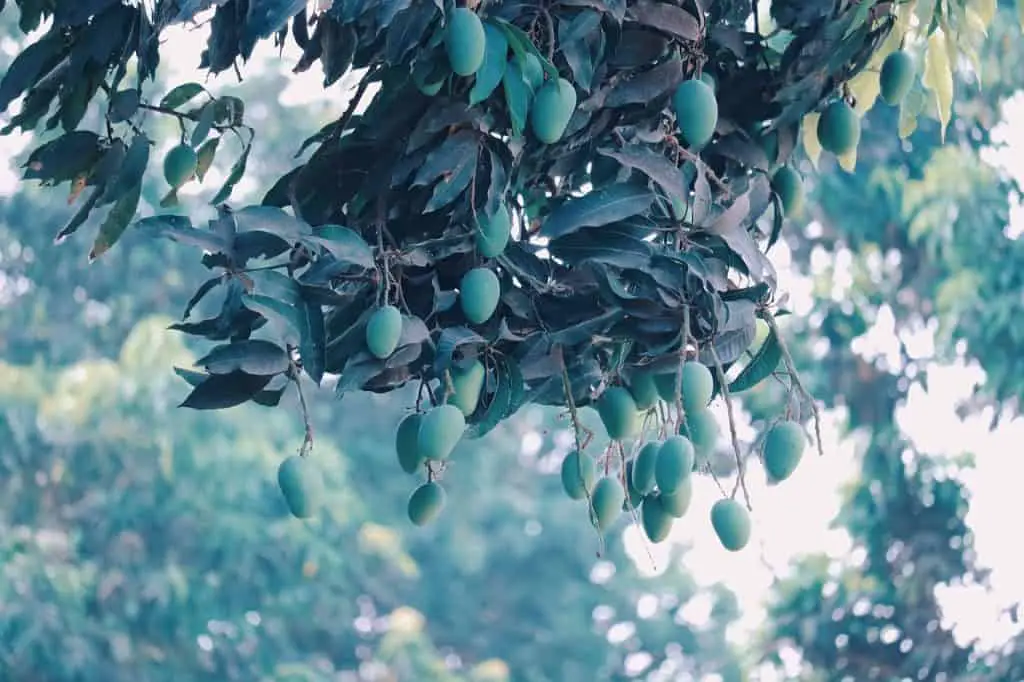Bioluminescence is a phenomenon that can be seen in many different forms across the world. In the Indian River Lagoon in Florida, bioluminescence is created by tiny organisms called dinoflagellates.
When these organisms are disturbed, they create a bright blue light. This light is often seen in the water at night, and it can be an amazing sight.
Does the Indian River Lagoon Have Bioluminescence?
In addition to its manatee and dolphin populations, the Indian River Lagoon is home to a unique phenomenon called bioluminescence.
This phenomenon results from a reaction between microscopic organisms, called dinoflagellates, and the water they live in. As a result, the organisms light up, resembling fireflies in the water.
It is a very unique sight, and there are only 6 other places in the world where this natural phenomenon occurs.
The best time to see bioluminescence at the Indian River Lagoon is during the darkest hours of the night. Typically, this occurs five days after the new moon.
The total darkness of the night is the perfect time to observe the lights, which are also accompanied by starry skies.
When disturbed, bioluminescent organisms release bright colors to warn their prey or communicate with other creatures. The light produced is typically blue or green in color.
This is because red light does not penetrate water very far, and marine organisms are more sensitive to light near the blue spectrum.
Although the bioluminescent organisms are most active during the summer months, they also produce light during the cooler months.
This is caused by a type of jellyfish called Comb Jelly which is more active in cool water. However, these lights do not have as vibrant a glow as they do in the warmer months.
Dinoflagellates are tiny marine organisms that glow when disturbed. This can happen when they are disturbed by a boat or other marine life.
It is a beautiful sight to see. During the winter months, these creatures congregate in the Indian River Lagoon.
If you’d like to witness this natural phenomenon in action, take a kayak tour of the lagoon with A Day Away Kayaks. Their knowledgeable guides will show you the enchanting phenomenon of bioluminescence.
During the New Moon, bioluminescence can be seen most vividly.
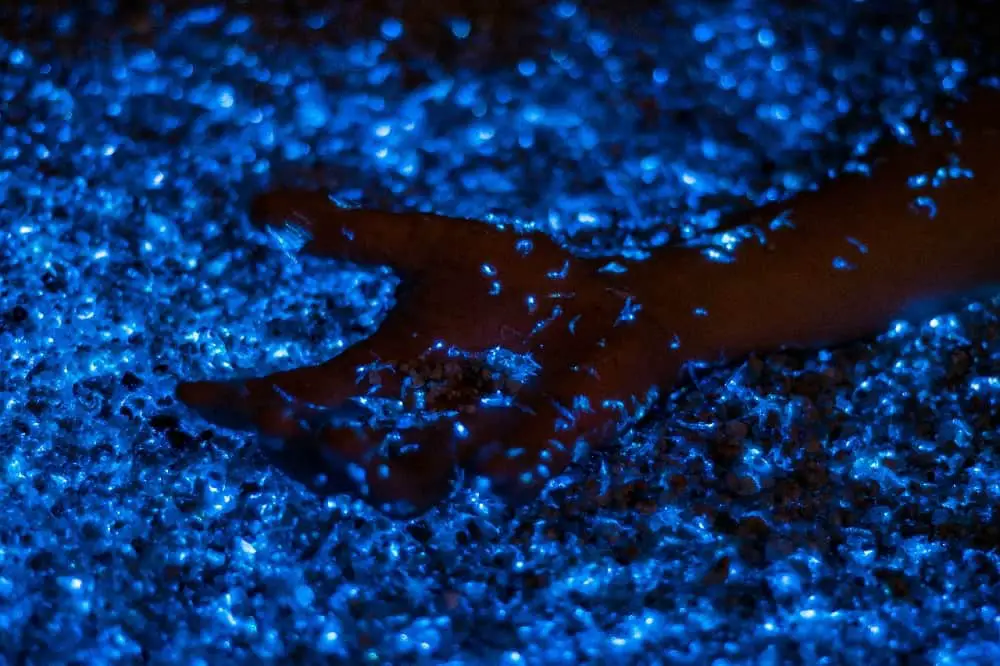
Researchers have previously found evidence of bioluminescence in the Indian River Lagoon. However, the phenomenon has also been linked to pollution.
The presence of too much nitrogen in the Indian River Lagoon has resulted in toxic algal blooms. As a result, these blooms have caused the seagrass habitats in the area to die. Those algae are believed to be the culprits of bioluminescence in the lagoon.
The Indian River Lagoon is one of the most biodiverse estuaries in the northern hemisphere. It contains a mix of salt water from the sea and freshwater from local runoff.
This mix of fresh and saltwater creates brackish water.
There are several kayaking tours that highlight this phenomenon. These tours are usually led by an experienced kayaking guide and offer a spectacular view of the bioluminescent phenomenon.
These kayak tours provide a breathtaking view of the underwater environment and can even give the illusion that you are floating in outer space.
Dinoflagellates
The glowing dinoflagellates that make up the Indian River Lagoon’s bioluminescence are best viewed at certain times of the night.
This phenomenon is most noticeable near the new moon and darker skies. Paddleboarders and motorized boaters can experience this phenomenon while taking in the sights of this natural wonder.
To get a glimpse of the glowing dinoflagellates, head to one of the lagoon’s boat ramps, which include Beacon 42 and Haulover Canal.
Dinoflagellates are microscopic organisms that fill the water in the Indian River Lagoon during the summer. They thrive in warm waters and a low pH balance and absorb energy from the sun during the day.
At night, when disturbed, dinoflagellates produce a glowing light from a chemical called luciferin.
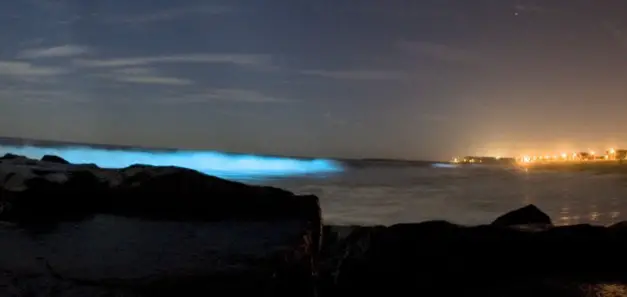
There are many species of dinoflagellates in the lagoon. Some are bioluminescent, while others are toxic. Nonetheless, both can be a sight to behold. This fascinating phenomenon can be experienced during evening kayaking excursions or kayak tours with a professional guide.
While the best time to view the bioluminescent dinoflagellates is during summer, they are also active during the cooler months. D
uring the cooler months, bioluminescent plankton blooms, but the lights are less intense.
Phytoplankton
The glowing water you see in Indian River Lagoon Florida is the glow of phytoplankton. The lagoon is a shallow estuary that is home to both salt water from the sea and freshwater from local runoff.
This mixture creates a unique environment that is ideal for observing bioluminescence.
This bioluminescence is caused by a chemical reaction that occurs when pressure is placed on the cell walls. The result is a bright blue glow.
Scientists believe this glow is an important signal to predators. Dinoflagellates are most abundant in Indian River Lagoon Florida during the summertime when longer days provide more sunlight for the microorganisms to photosynthesize.
Because the lagoon is so shallow, the conditions are ideal for these organisms to live.

The Indian River Lagoon in Florida contains more bioluminescent plankton than any other lake in the world. The glowing water is visible from the air and can even be seen through the water and from a kayak.
There are tours of bioluminescence in the Indian River Lagoon that allow you to see the glowing plankton in their natural environment. There are also tours that offer a chance to see dolphins, manatees, and the Kennedy Space Center.
During the late summer and fall blooms, single-celled organisms called dinoflagellates emit blue light when disturbed. During these blooms, dinoflagellates have longer life cycles. A boat or paddle stirs up these tiny organisms, which emit a blue glow that looks similar to a movie from Avatar.
Phytoplankton-based bioluminescence
There are five locations to experience bioluminescence in the Indian River Lagoon, including the famous Bioluminescent Bay.
The Indian River Lagoon has a unique ecosystem: the water is shallow and warms during the summer.
This warm water makes it suitable for dinoflagellates to flourish. The Indian River Lagoon’s water is made up of salt water from the sea and freshwater from the local runoff.
Visitors can see this unique bioluminescence in the Indian River Lagoon in Florida by booking a tour during the warmer months.
The dinoflagellates will start showing off early in summer and will be most impressive during July and August. Be sure to make reservations early as these tours tend to sell out quickly.
Phytoplankton-based bioluminescence is best seen in darker areas and near the new moon. Tour operators gear up for the bioluminescence season every year.
You should wear insect repellant and proper clothing in order to experience the full bioluminescence experience.
Indian River Lagoon Florida at Night
This light show is a must-see for any nature lover!
Visiting at night is a great way to view the bioluminescent activity in Indian River Lagoon. However, there are some things you need to know. You should be prepared for the heat and wear water shoes. You should also wear lightweight long pants and bug spray.
There are several companies that offer bioluminescence kayaking tours. You can also take a ride on the Flight of Avatar that takes you through the glowing waters of Pandora.
One of the best places to see bioluminescence in the Indian River Lagoon is at the Manatee Observation Deck on the north side of Haulover Canal. Dinoflagellates in this area emit a luminous green light.
While you’re kayaking in the Lagoon, you may see a variety of animals, including manatees. These creatures agitate the bioluminescent plankton and cause it to glow. You can also see dolphins and other marine life on a bioluminescence tour.
The best time to see bioluminescence in Florida is during the summer months. However, you can see it in other parts of the state, including Central Florida. You can find out more about it by contacting your local kayaking company or the Ocean Research and Conservation Association.
You can also find bioluminescence tours in the Space Coast region of Florida. These include the Space Coast Bioluminescent Kayak Tours and A Day Away Kayak Tours.
Kayak tours
Kayak tours in Indian River Lagoon are a unique way to see the wildlife of this inland estuary. The water is filled with a variety of marine life, including manatees, dolphins, sea turtles, stingrays, and various bird species.
Evening kayak tours are a great way to see wildlife up close.
Tours are conducted by experienced kayak guides. They are able to point out wildlife and places of interest. The tours are enjoyable and educational. You can choose between a guided kayak tour or a standup paddleboard tour.
The tours include the lagoon, mangroves, and inland lakes. Some tours even feature stops at the Oxbow Eco Center.

The Indian River Lagoon is a unique, 156-mile-long estuary on the Florida coast. It is home to countless species, including thousands of birds, marine mammals, and hundreds of species of fish.
The tour takes place in a protected area that is separated from the lights of the city.
You may encounter dinoflagellates and comb jellyfish as you paddle the lagoon. These light-emitting single-celled organisms glow when disturbed. These creatures are beautiful to watch. They are not stinging, so they are not considered dangerous.
Precautions
If you’re interested in seeing bioluminescence in Florida, you should take a few precautions.
These precautions will ensure that your experience is as safe as possible, and will minimize potential dangers while also having a positive impact on the local community. In addition, it will save you time, money, and stress.
First, you should be aware of the species of organisms responsible for the bioluminescence in the Indian River Lagoon. The lagoon is home to many dinoflagellates, which are abundant in this region between June and October.
In addition, the lagoon is home to comb jellyfish, which emit brilliant neon lights when disturbed. If you’re quick enough, you can catch one in your hand and view it from up close.
Secondly, you should wear sunscreen to prevent any skin irritation. The glowing water from dinoflagellates is created when pressure is applied to their cell walls. This pressure causes a chemical reaction that produces a bright blue glow.
Scientists believe this glow helps them avoid predators.
Dinoflagellates are most abundant in the lagoon in the summer months, when longer days mean more light for microorganisms to photosynthesize. This means that conditions in the lagoon are optimal for these organisms to thrive.
Another precaution is to be careful when kayaking in the lagoon. Mosquitos are common in this area during the summer and can be a hazard when paddling. Experienced paddlers are aware of these precautions and take them seriously.
Best time to go
This estuary stretches for 156 miles. Of that, 21 miles are Mosquito Lagoon. This section of the lagoon features mangrove shorelines, grassy flats, and islands. As it flows south, the water becomes clearer and wider, which makes it an angler’s paradise.
The glass minnows are beginning their migration southward, and there will be plenty of action when they are present. Pompano will also be moving out of the inlets and schooling near the shoreline, chasing sand fleas.
Flounder will also start showing up near the inlets and near bridges.
You can also catch gag grouper in the deeper lagoons and around bridges.
While the temperatures at Indian River Lagoon vary throughout the year, the best time to visit is usually late spring or early summer. Temperatures are usually between fifty-three and ninety-three degrees F.
During this time, you’ll be able to enjoy outdoor activities such as swimming and kayaking.
Preparation
Visiting Indian River Lagoon Florida at night can be an adventure. If you are planning a trip, it is important to prepare for it.
First, you will want to wear long-sleeved shirts and shorts, and then you will want to make sure you have a pair of water shoes. You will also want to bring insect repellent.
After all, you will be spending a few hours on the water.
The Merritt Island Wildlife Refuge is a 104,000-acre natural preserve that is located near Indian River Lagoon. This refuge was established in the 1960s in conjunction with the Kennedy Space Center.
The refuge includes saltwater estuaries and hardwood hammocks. It also features a number of birds and other wildlife. The refuge has protected 15 federally threatened species.
The waters of the Indian River Lagoon are rich with plant life and wildlife. You will also find numerous man-made islands. These islands are called spoil islands, and they can offer a picnic areas, fishing areas, or sandbars.
This tour is a popular attraction in Orlando.



